Class 10 FRANK Solutions Physics Chapter 4.2 - Electrical Power and Household Circuits
Revise concepts using Frank Solutions for ICSE Class 10 Physics Chapter 4.2 Electrical Power and Household Circuits. Revise the differences between electrical energy and electric power. In addition, the chapter concepts you can learn from Frank Solutions include fuse, Joule’s law, electrical resistance, earthing etc.
TopperLearning’s ICSE Class 10 Physics textbook solutions support you in your endeavour to increase your Physics score. Besides providing access to ample revision resources, we have video lessons, mock exam question papers and online tests to help you to prepare for your exam and to improve your final exam score.
Electrical Power and Household Circuits Exercise 187
Solution 1
Electrical appliances come with certain number of watts and volts written on them. Power rating of an electrical appliance gives the knowledge of the safe current limit of an appliance and also indicates the voltage above which the appliance should not be used.
Solution 2

Solution 3
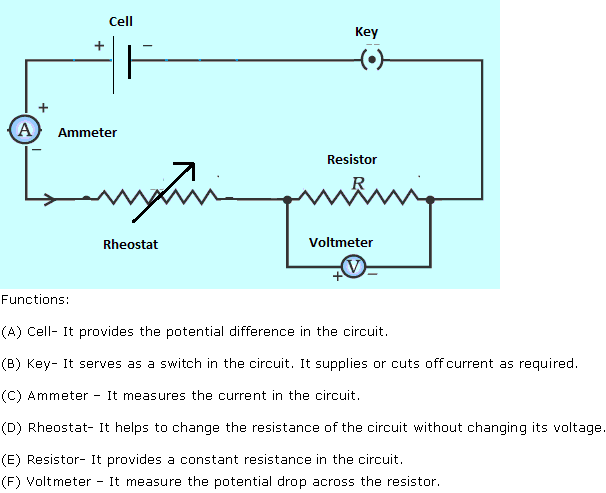
Solution 4
Solution 5

Solution 6

Solution 7
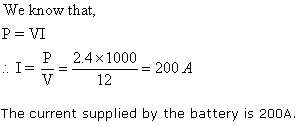
Solution 8

Solution 9
A fuse is generally made of an alloy of lead and tin.
Solution 10
(i) It should have low melting point.
(ii) It should have high resistance.
Solution 11
(i) resistance, melting point
(ii) low, lead, tin, melts.
(iii) series, live
Electrical Power and Household Circuits Exercise 188
Solution 12

Solution 13
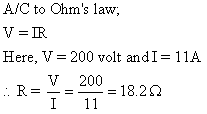
Solution 14
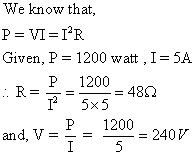
Solution 15
Solution 16
Solution 17
Switches are always connected in the live wire of circuits so that when a switch is in 'off' position, no current flows through the appliance and its live and neutral wires are at same potential and it is safe to touch the live wire leading to the appliance, even when the fuse is blown.
Solution 18
Solution 19
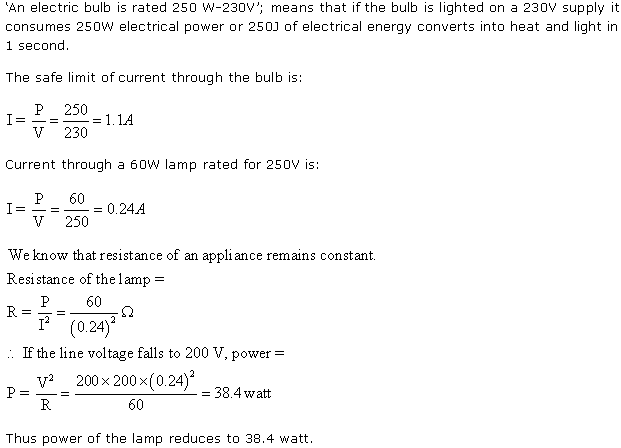
Solution 20
Solution 21

Solution 22
International convention of colour coding:
1. Live wire - Brown
2. Neutral wire - Light blue
3. Earth wire - Green or yellow
Solution 23
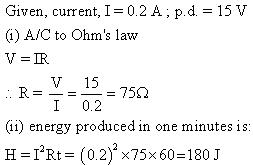
Solution 24

Solution 25
Solution 26
Solution 27
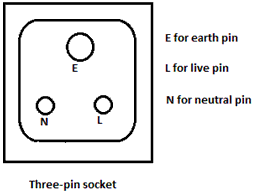
Solution 28
Solution 29
The SI unit of electrical power is watt.
(i) Kilowatt-hour is the household unit of electrical energy. It is defined as the quantity of electrical energy consumed in 1 hour when the rate of consumption is 1000 watts, i.e. 1000 J/s.
(ii) A voltage of 220 volt is generally supplied to a house.
Solution 30
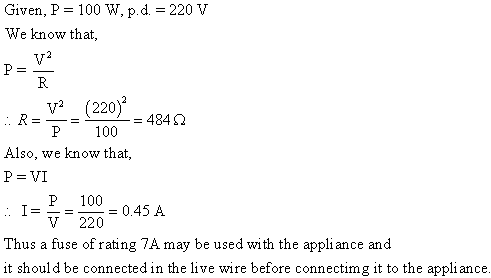
Solution 31
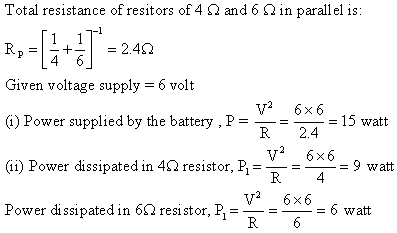
Solution 32
(i) Earth pin: It provides connection for earthing.
(ii) Neutral pin: It provides connection to the neutral wire.
(iii) live pin: It provides connection to the live wire.
Solution 33
Solution 34
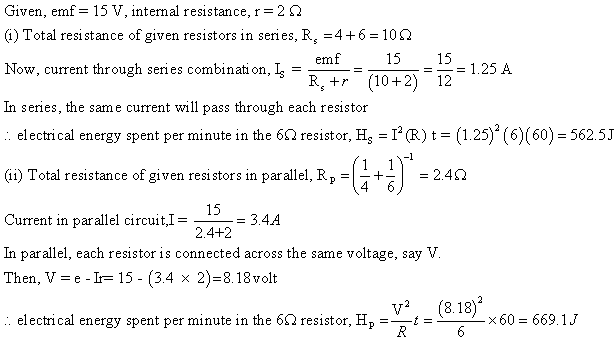
Solution 35
Solution 36
Solution 37
Solution 38
Solution 39
Solution 40

Electrical Power and Household Circuits Exercise 189
Solution 41
We know,
P = VI
Thus,
I = P/V = 40/220 = 0.18 A
Solution 42
One watt-hour is the electrical energy consumed by an electrical appliance of power 1 watt when it is used for 1 hour.
1Wh = 3600 J
Solution 43
Solution 44

Solution 45


